Underscoring - The art of musical invisibility
Underscoring is a subtle but powerful technique in the world of film music. A well-made underscore enhances emotions without pushing itself to the fore. It is the art of using music in such a way that it supports the action without dominating it. Especially in scenes with a lot of dialog, comedic elements or in films with a limited production budget, underscoring requires a keen sense and a lot of experience.
Underscoring in films
Underscoring is used to enhance the emotional depth of a scene, define characters and emphasize the atmosphere. It is a technique that is particularly effective in the following contexts:
Dialogue-heavy scenes: Here, underscoring can emphasize the emotions of the characters without distracting from the spoken word.
Comedies: A musical underscore that is too obvious can exaggerate the humor. Subtle underscoring supports the joke without explaining it.
Films with lower production budgets: Music can help create emotional depth and atmosphere that may not be fully represented visually.
Example
In “The Grand Budapest Hotel” (Alexandre Desplat), the score accompanies the fast and pointed dialog. The music supports the rhythm of the conversations and contributes to the comedic effect – without being intrusive.

Best practices for effective underscoring
Effective underscoring requires a deep understanding of the balance between music and dialog. The aim is to enhance the emotional depth of a scene without overpowering the spoken text. Subtlety, emotional resonance and dynamic adaptation play crucial roles here.
Maintain subtlety: The music should complement the scene, not overshadow it. A score that is too dominant can crowd out the dialog and distract attention from the action. Instead, the music should act as an invisible thread that reinforces the emotions of the scene without pushing itself to the fore. This requires precise coordination of volume, instrumentation and timing. One example of this is the “silence before impact” technique, in which a short musical pause before an emotional climax reinforces the effect of the music that follows.
Create emotional resonance: The choice of instrumentation and harmonies should reinforce the intended emotion of the scene. It is important to capture the emotional tonality of the scene and interpret it musically. A melancholy monologue can be supported by soft strings or a solo piano, while a tense discussion can be reinforced by dissonant sounds or rhythmic elements. The music should not dictate the emotions, but rather subtly emphasize them.
Dynamic adaptation to the scene: The music should adapt flexibly to the development of the scene in order to support the narrative coherence. This means that the score should react to changes in the mood, tempo or dynamics of the scene. An example of this is “micro-underscoring”, where a single, recurring note or musical motif reflects the inner conflicts of a character. Such techniques require a keen sense of dramaturgical development and close collaboration with the director.
Overall, effective underscoring requires a precise matching of musical elements to the specific requirements of each scene. It’s about enhancing the emotions without overemphasizing them, and supporting the action without dominating it. Through subtlety, emotional resonance and dynamic adaptation, the music can unfold its full effect and enrich the cinematic experience.
Example
It is also important to carefully separate the frequency ranges of music and dialog. A “trick” used by John Williams, among others, is to choose the timbre of the music in the opposite direction to the character’s voice – for example, high strings in a low voice – to ensure clear intelligibility.

Instrumentation and techniques in underscoring
The choice of instruments and the way they are played are crucial for successful underscoring.
Strings: They offer a wide range of emotions, from delicate melancholy to intense tension.
Woodwinds: Flutes and clarinets can convey lightness or mystery.
Percussion: Subtle rhythmic elements can subtly influence the dynamics of a scene.
Electronic sounds: Synthesizers and sound design elements enable modern and atmospheric background music.
Techniques such as pizzicato (plucked strings), mutes for brass instruments or flutter tonguing for flutes can create very specific moods, but should generally only be used selectively so that the effect does not “wear off”.
Example
In the historical drama “The King’s Speech” (Alexandre Desplat), subtle music accompanies the intense dialog between King George VI and his speech therapist. The music underlines the king’s emotional development without dominating the conversations.

Summary
Underscoring is an essential technique in film music that, when used masterfully, can significantly enhance the emotional impact of a movie. It requires a keen sense of timing, emotion and restraint – a true art of musical invisibility.
- Requires a keen instinct and a lot of experience
- Subtly deepen the emotional experience
- Clarify the rhythm of the dialogs
- Underline the comedic effect
- Amplify emotions without overemphasizing them
- Support the action without dominating
Contact
JP Composers
Julian Pešek (Einzeluntermehmer)
Südstraße 45
04178 Leipzig
Telefon: +49 171 9101572
Mail: julian@jp-composers.com
